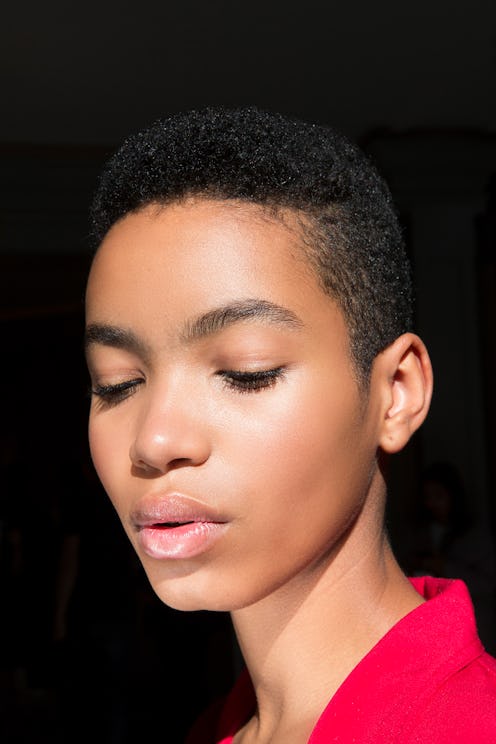I can't remember a time when I've skipped out on a morning or nighttime skincare routine — let alone both — until June 2019, when I went through an unexpected thoracic surgery to remove a tumor from my esophagus. Call me naive, but I didn't fully take in the magnitude of my surgery, and didn't think about what my post-surgery skincare routine might be or how it would change.
Once the initial shock and wooziness of waking up from anesthesia wore off, all I could do was look at all of the machines that were monitoring me. I needed assistance moving around, sitting up, and even walking to the bathroom. The last thing I wanted to do was ask my nurses to assist me with a 10-step skincare routine twice a day, you know? Still, I wondered how I would gather the strength to lift my arms and hold my Clarisonic brush or jade roller. Eventually, my breakout spot treatments, serums, and SPF became an afterthought for almost two weeks, leading to extreme dullness, acne, and pigmentation.
I attribute those less-than-ideal characteristics to hours of anesthesia, weeks of pain medication, and an overall disruption to my body. After a few days, I got over my urge to stay in bed for a few extra minutes and dedicated that time to my routines, but as the saying goes, it's always darkest before the dawn. Judging by my deeply rooted cystic bumps, I'm in for the long haul.
The struggle isn't a new one, though: Before my surgery, I spent the last two years dedicating myself to repairing my skin. I struggled with horrible hormonal acne, which left cysts and scars all over my face. I never struggled with acne as a teen, so I made myself believe that this was payback for not being agonized in my younger years. I sought the help of dermatologists and made a consistent routine that was simple yet effective. In the morning, I cleanse my face with a gentle wash, add a vitamin C serum for brightness, moisturize, and top with SPF. Nothing crazy. At night, I use my Clarisonic to cleanse all the dirt and makeup away from the day, apply retinol to help with my texture and cystic bumps, moisturize, and treat bumps with sulfur spot treatment.
I know that getting my skin back to its glowing state will take time, but I trust the process — and embrace it as part of my road to recovery. Ahead, see the products that I'll be leaning on.
